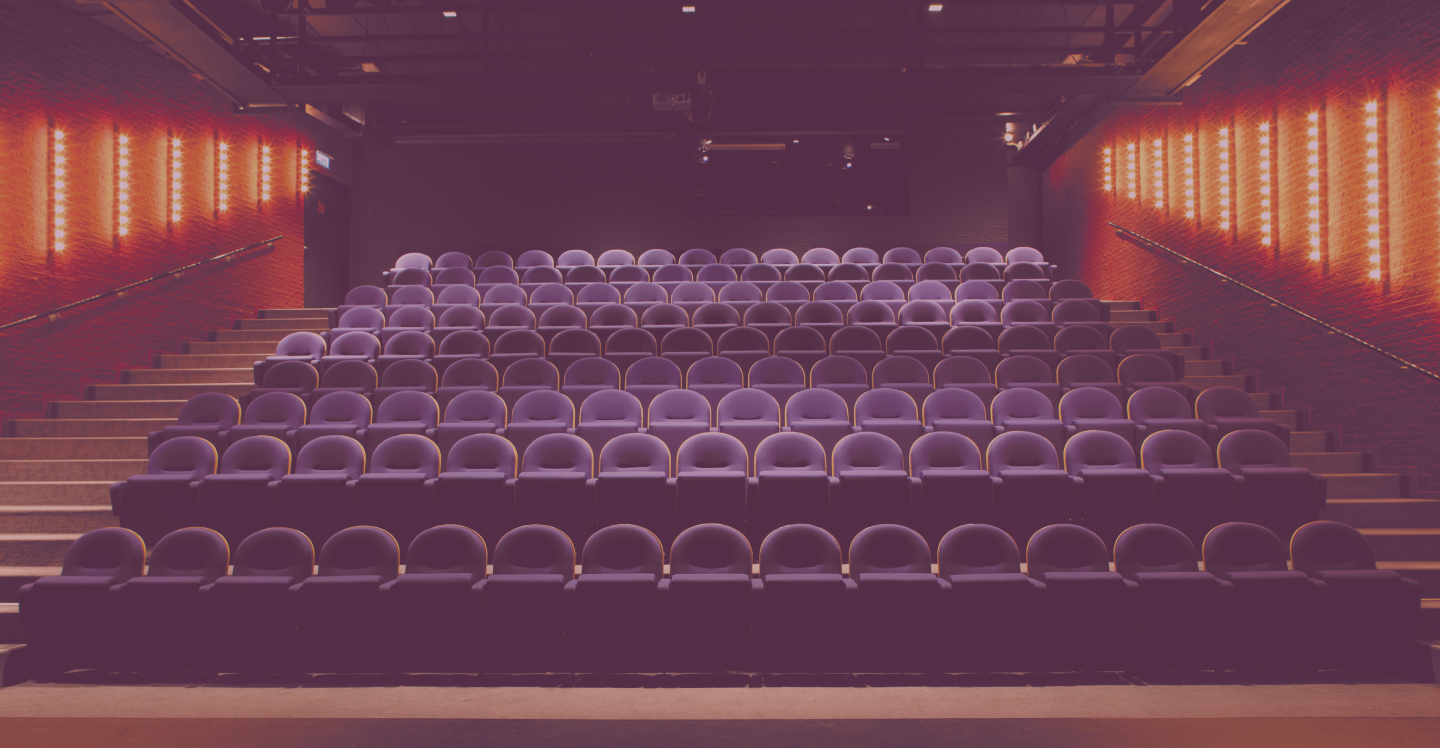
Sousa Duo
Lunchconcert
- Normaal
- € 10,00
Deze voorstelling is inclusief een kopje koffie of thee voorafgaande aan de voorstelling.

Sousa Duo
Bernardo Sousa- Violin
Rui Sousa- Guitar
PROGRAM:
N. Paganini – Sonata Concertata in A Major
I. Allegro Spiritoso
II. Adagio Assai expressivo
III. Rondeau, Allegretto com brios scherzando
Marek Pasieczny - La Casa Donde Vive Miedo (Homenaje a Joaquin Rodrigo)
Astor Piazzolla – Histoire du Tango
- Bordel 1900
- Café 1930 I
- Nightclub 1960
Sousa Duo is a project born and based in The Hague that brought together Bernardo Sousa and Rui Sousa, both from Portugal. Sousa Duo promises to take its audience on a beautiful journey around Latine America and Europe, featuring a variety of musical genres inside the realm of classical music. Simultaneously, they offer a relaxing and dreamy atmosphere, where there is no limit to imagination and travelling to different epochs and cultures is a certainty.
The program will feature three contrasting pieces from different times in Music History:
Nicolo Paganini’s Sonata Concertata in A major is a piece in 3 movements written by the famous Italian violinist and composer in 1803. Although Paganini is most famous for his highly virtuosi compositions for the Violin, such as the 24 Caprices for solo Violin, he also left a guitar legacy, composing 37 Sonatas for the Guitar.
Travelling in time to the XXI century, “La casa donde vive miedo” (The house where fear lives) was the name given by Marek Pasieczny to his piece in homage to Spanish Guitarist and composer Joaquin Rodrigo. This title was inspired by an interview Pepe Romero (Spanish Guitarist and one of Joaquin’s closest friends) gave on Spanish TV, where he described Joaquin's music as being “like an abandoned old house with a ghost inside. His inside is very dark and grumpy. Only sometimes you can see there is some light…only sometimes…”.
A few decades earlier, in the late 1980s, the Argentinian composer Astor Piazzolla wrote a suite in four movements for Flute and Guitar, attempting to capture the evolution of the Tango throughout the XX century. He called this suite “Histoire du Tango”, and named each movement: “Bordello 1900”, “Café 1930”, “Nightclub 1960” and “Concert d’Aujourd’hui”. Piazzola provided us with program notes for each movement:
Bordello, 1900: The tango originated in Buenos Aires in 1882. It was first played on the guitar and flute. Arrangements then came to include the piano, and later, the concertina. This music is full of grace and liveliness. It paints a picture of the good-natured chatter of the French, Italian, and Spanish women who peopled those bordellos as they teased the policemen, thieves, sailors, and riffraff who came to see them. This is a high-spirited tango.
Cafe, 1930: This is another age of the tango. People stopped dancing to it as they did in 1900, preferring instead simply to listen to it. It became more musical and more romantic. This tango has undergone a total transformation: the movements are slower, with new and often melancholy harmonies. Tango orchestras came to consist of two violins, two concertinas, a piano, and a bass. The tango is sometimes sung as well.
Night Club, 1960: This is a time of rapidly expanding international exchange, and the
tango evolves again as Brazil and Argentina come together in Buenos Aires. The bossa nova and the new tango are moving to the same beat. Audiences rush to the nightclubs to listen earnestly to the new tango. This marks a revolution and a profound alteration in some of the original tango forms.
